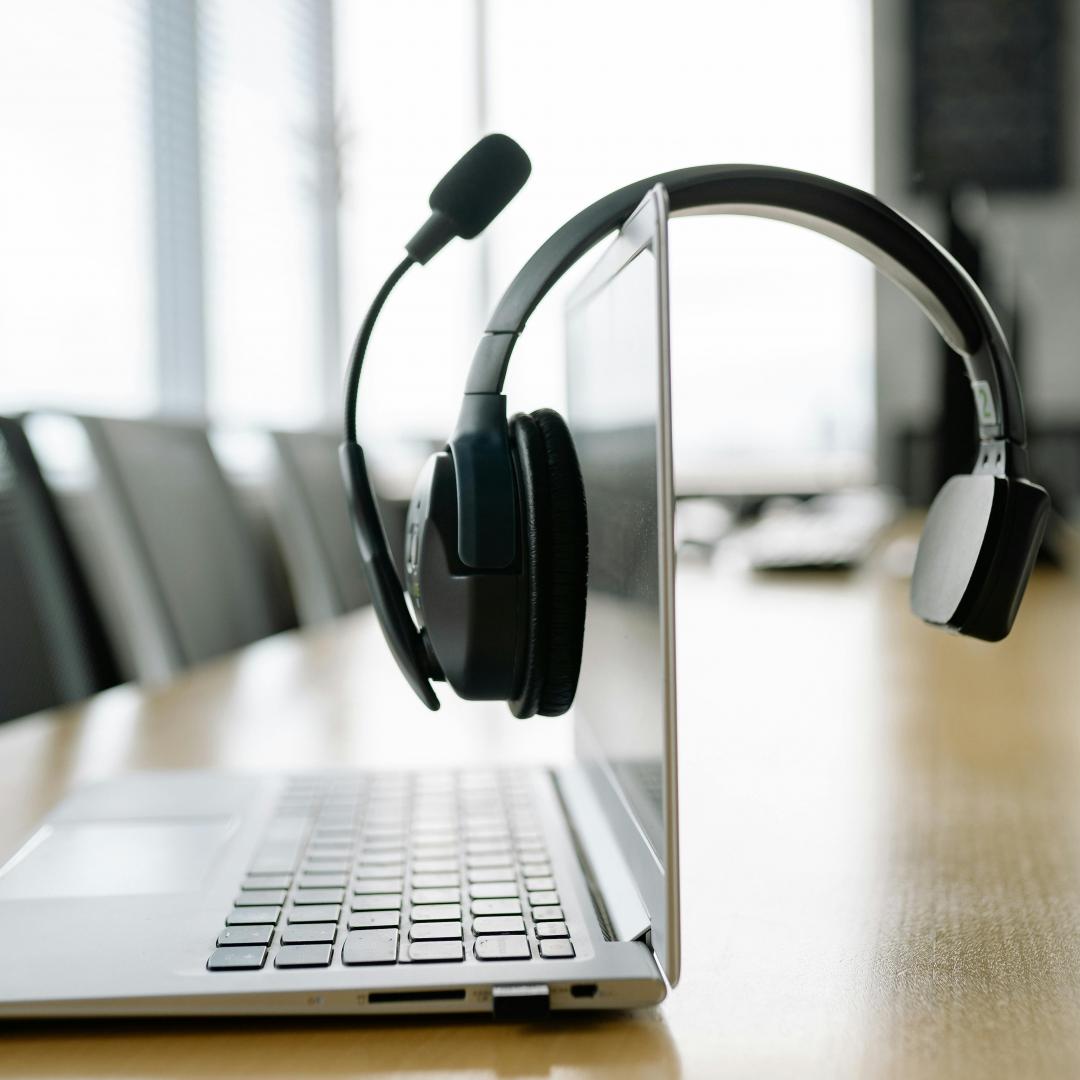How to Fix Audio Issues on Your Computer or Laptop
Having functional sound on our computers and laptops is essential for both work and relaxation. Whether it's for online meetings, streaming your favorite shows, or listening to music, audio issues can be both frustrating and disruptive. Fortunately, most audio problems can be easily resolved with some simple troubleshooting steps. Here's a guide to help you fix audio issues on your computer or laptop.
1. Check the Volume and Output Settings
Before diving into more complex solutions, ensure that the basics are covered:
-
Volume Level: Make sure that the volume isn't muted or set to a low level. Look for the speaker icon in your system tray or menu bar and adjust the volume as needed.
-
Output Device: Sometimes the wrong audio output device is selected. To check and change this:
- On Windows, right-click the speaker icon in the system tray, select 'Open Sound settings,' and choose the correct output device from the dropdown menu.
- On Mac, click the Apple menu, select 'System Preferences,' click 'Sound,' and ensure the correct device is selected under the Output tab.
2. Inspect Physical Connections
If you're using external speakers or headphones, check that all cables and connectors are properly attached:
-
Cables and Ports: Ensure that headphones or speaker cables are plugged into the correct port (usually marked with a headphone or speaker icon). If there are multiple ports, try each one.
-
Bluetooth Devices: If you're using Bluetooth headphones or speakers, ensure that the device is properly connected and paired with your computer.
3. Update or Roll Back Audio Drivers
Audio driver issues are a common cause of sound problems:
-
Update Drivers:
- On Windows, go to 'Device Manager,' find 'Sound, video, and game controllers,' right-click your audio device, and select 'Update driver.'
- On Mac, regularly check for system updates under 'System Preferences' to ensure your audio drivers are up to date.
-
Roll Back Drivers: If issues started after a driver update, try rolling back to a previous version. In Device Manager, right-click the audio device, select 'Properties,' go to the 'Driver' tab, and click 'Roll Back Driver.'
4. Troubleshoot Sound Enhancements
Sometimes, sound enhancements or effects applied by the system can cause issues:
- In Windows, go to 'Sound settings,' select the output device, click 'Device properties,' and navigate to 'Additional device properties.' In the 'Enhancements' tab, check 'Disable all enhancements' and see if this resolves the problem.
5. Check Software and Application Settings
Audio problems might be specific to particular applications:
-
Application Volume: Ensure the in-app volume settings are properly configured. Many applications have their own volume controls that are independent of system settings.
-
Audio Troubleshooter: On Windows, use the built-in troubleshooting tool by searching 'Troubleshoot settings,' selecting 'Troubleshoot,' and then 'Playing Audio.'
6. Perform a System Restore
If all else fails, a system restore might resolve the issue by reverting your system settings to a point before the problem began:
- On Windows, search for 'System Restore' and follow the instructions to choose a restore point.
- On Mac, ensure you have a backup using Time Machine and restore from a backup prior to the issue.
Conclusion
While audio issues on computers and laptops can be inconvenient, they are often solvable with some methodical troubleshooting. By understanding and following these steps, you should be able to resolve most audio problems. If issues persist, it might be worth consulting a professional technician to diagnose and fix hardware-related problems.






















